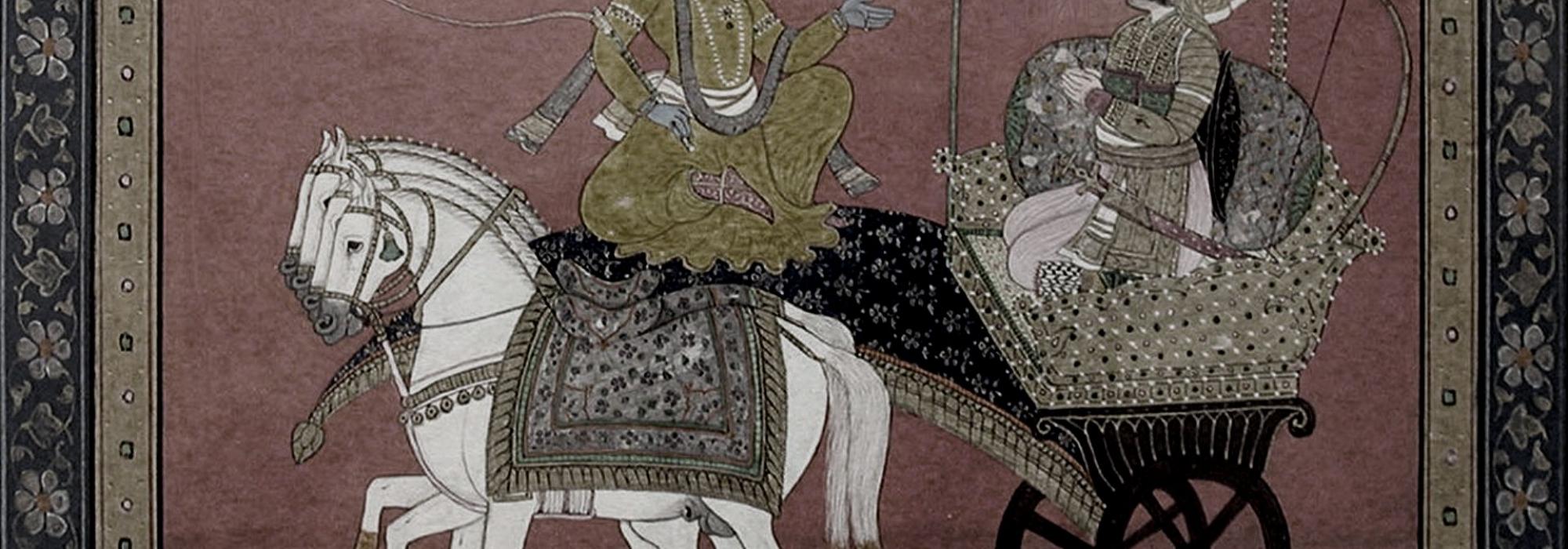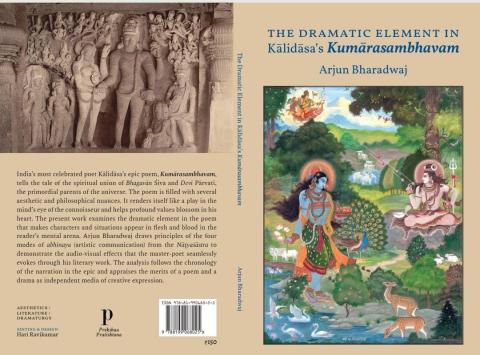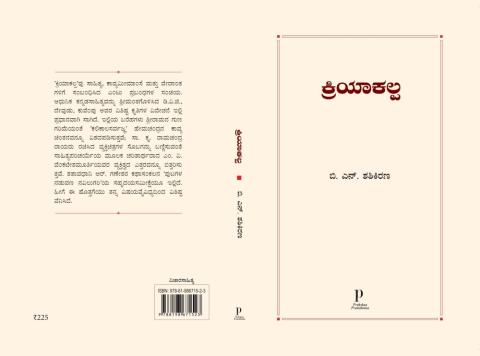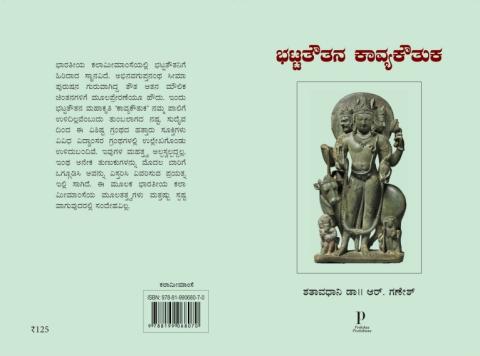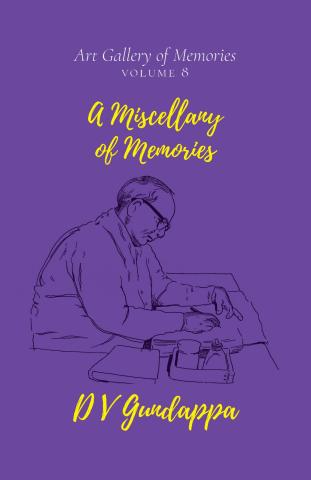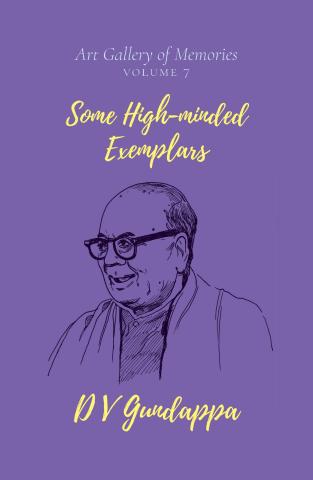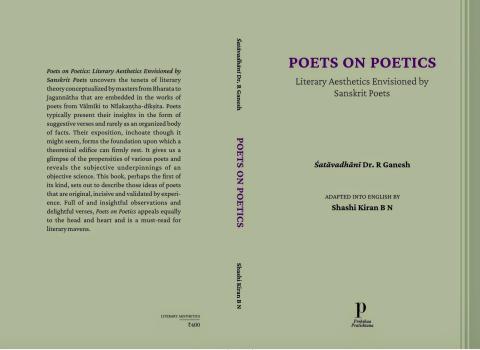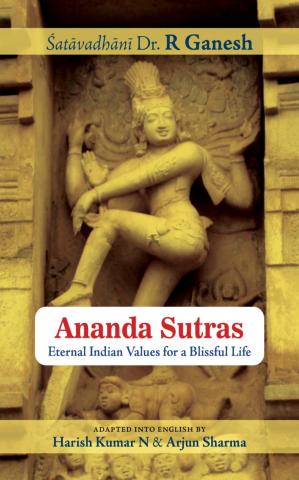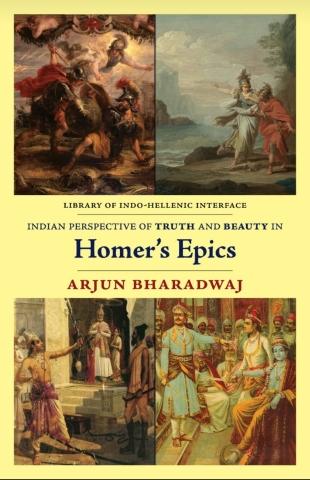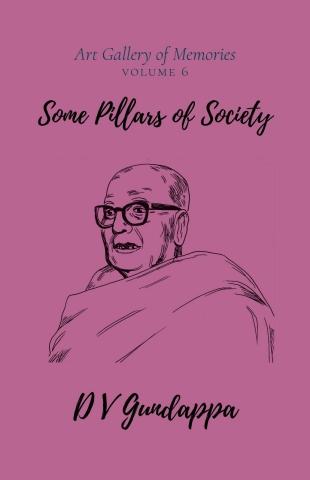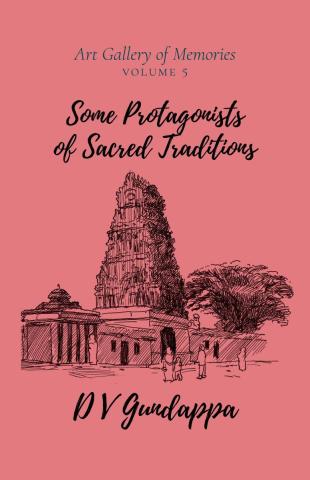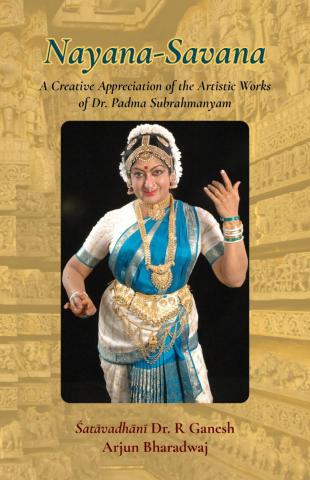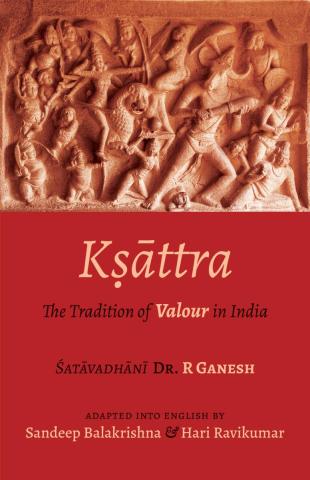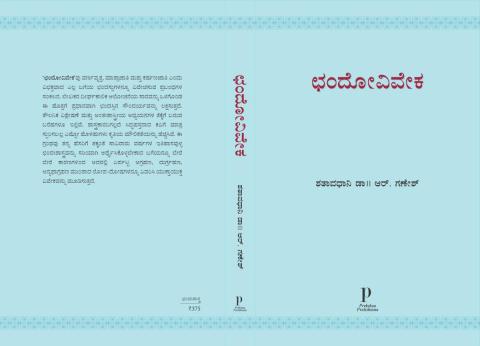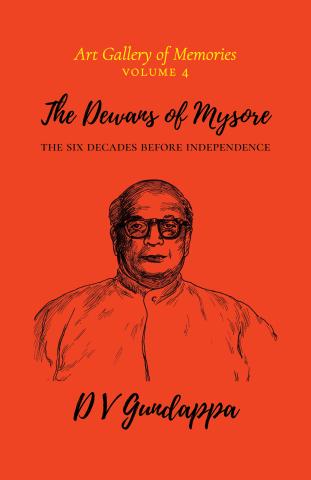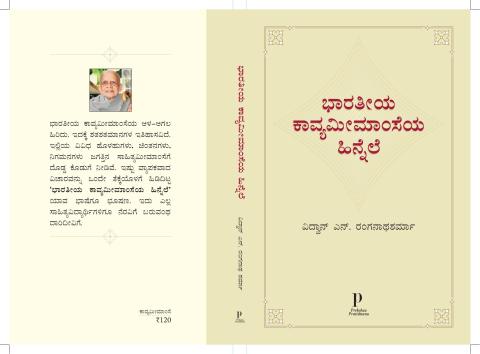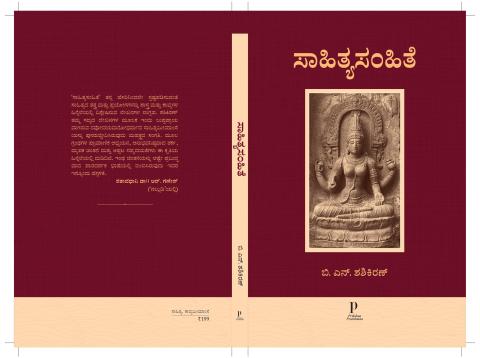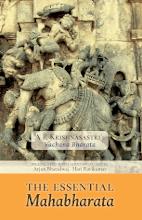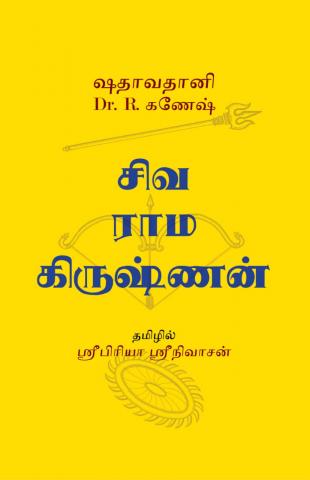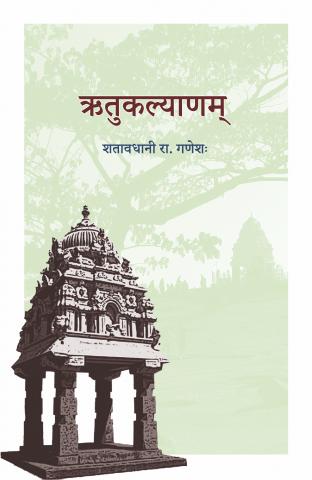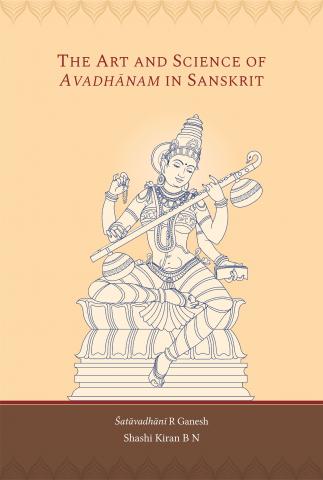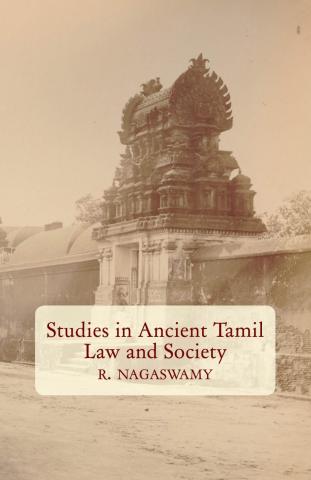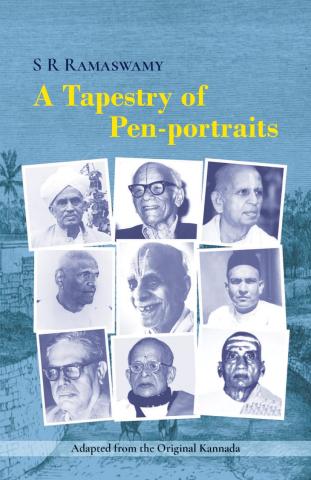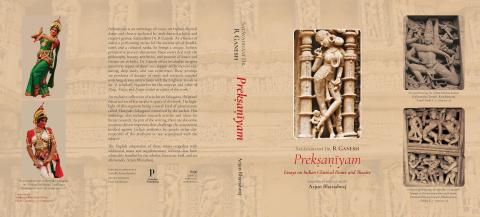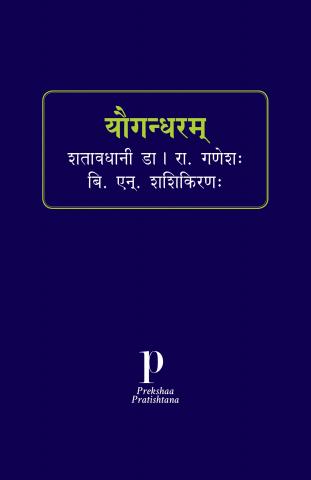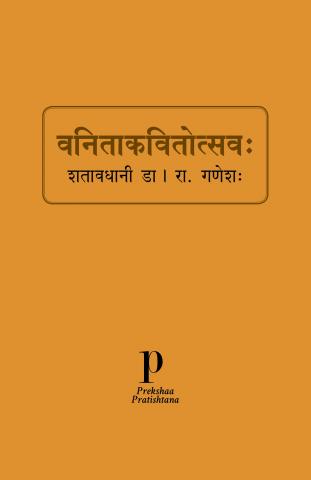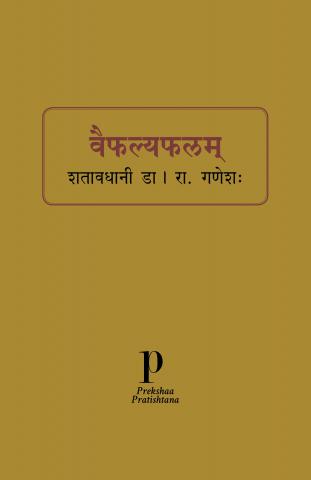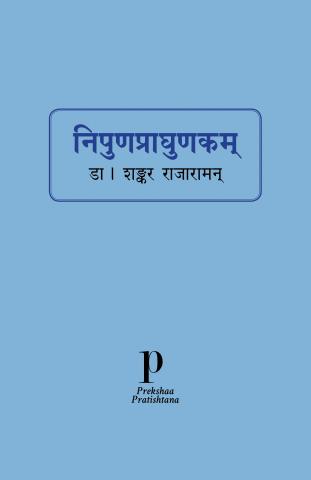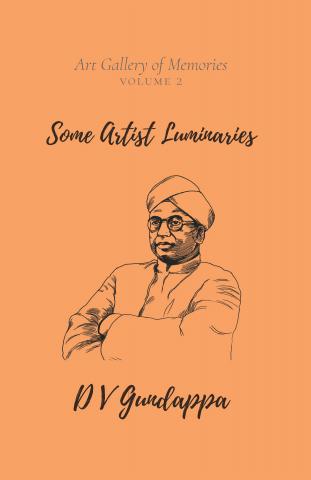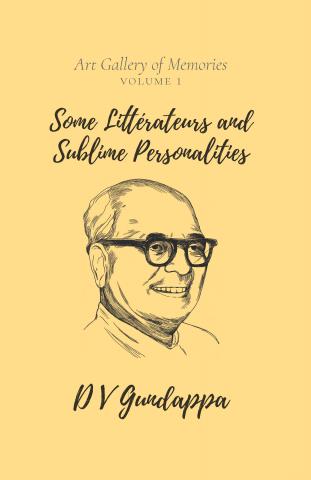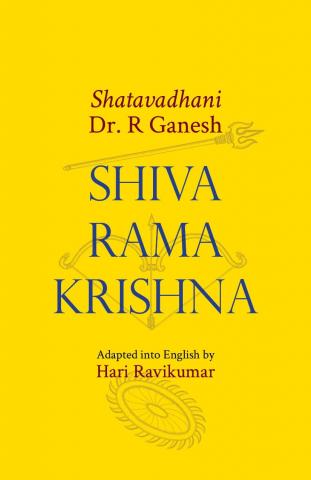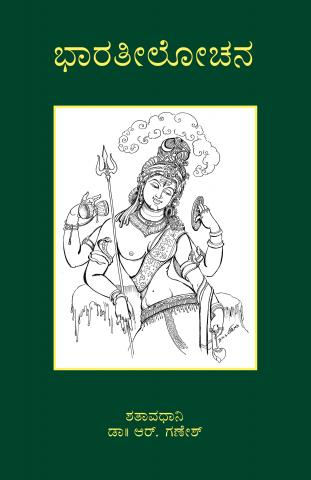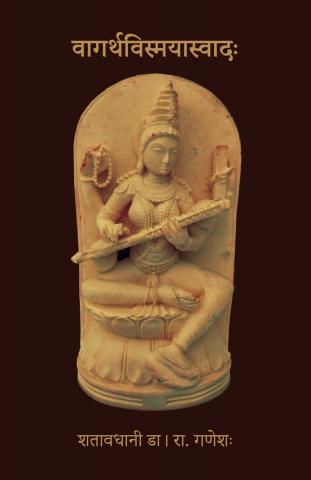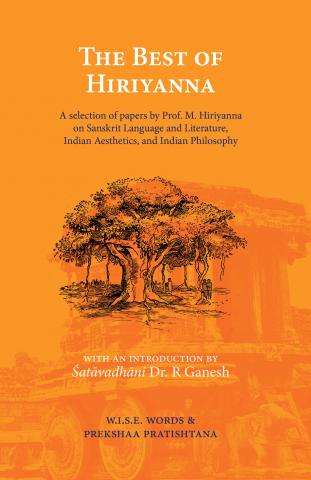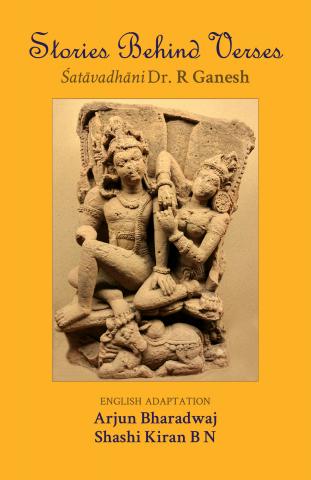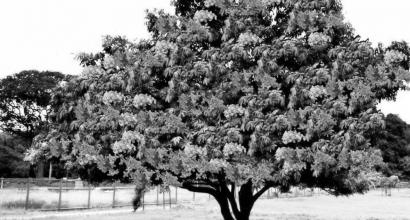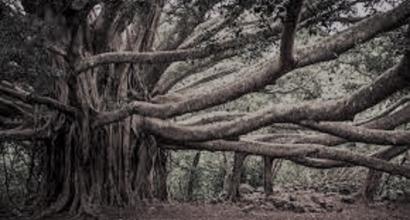In a work that begins in this fashion, Bhagavan Veda Vyasa throws up his hands helplessly in despair in the end, expressing his dejection. The lesson that strikes us is this: things like victory and defeat that assume great importance in the narrative are the expressed forms of the polarized elements of Realization and ignorance. In summary, nobody wins, nobody loses; everybody is merely drawn in by the Great Current of Life.
The scientist Stephen Hawking avers, “what makes us unique is transcending our limits.” The noted writer Mohsin Hamid has endorsed the same in one of his recent writings: “Religions are composed of stories precisely because of their potency. Stories have the power to liberate us from the tyranny or what was and is.”
The chief attribute of Sri Krishna is the fact that he transcends duality; that is, he symbolizes the principle of Ultimate Reality. We are imbued with the feeling that he is the Paramatman who has taken the human form. It is not possible to detect any difference between the Avatara of the Paramatman and the ultimate self-elevation attained by the Jivatman. In the Bhagavad Gita, Sri Krishna has himself declared that in the past, numerous people had successfully discarded the veil of Illusion and attained the same state as he. He further says that his (Bhagavad Gita) discourse itself was “paraṃparāprāpta,” or an inheritance from tradition (Bhagavad Gita 4:2).
Viewed from another perspective, the aforementioned tenet evokes the hope for self-elevation in all creatures.
Sri Krishna who takes up the service of becoming Arjuna’s charioteer eventually becomes the Guide.
The Concealed Meaning
The deeper we contemplate on the vast, complex and event-rich Mahabharata, it becomes more evident that the intended message of the story is what we have examined so far. When we keep our focus on the central aim of this grand and sweeping theatre, we find solutions for the pressing complexities that confront us in the story. However, when we are blind to this central aim, it becomes futile to try and analyse the Mahabharata using mere theories—such as keeping a “central character” and tracing its progressive evolution.
In some episodes, this concealed meaning reveals itself brilliantly. For example, let us visualize the scene in the Udyogaparva where Arjuna and Duryodhana take their respective seats at the opposite ends of a Krishna who is asleep. Doesn’t Sri Krishna’s response in this episode appear supernatural? In today’s world of politics, can we even imagine anybody giving the kind of choices that Krishna offered them both? However, when we regard the entire episode as symbolic—that is, on the spiritual plane, it appears completely natural. When the forces of good and evil rush in simultaneously, the Ultimate Principle, which controls and is beyond both good and evil, appears to be in temporary slumber—this is the clear literary suggestion concealed in this episode. Then, the nature of the choices that Krishna offered to the two seekers, and the respective choices that they made are realistic reflections of the working of a world driven by the Trigunas (Three Gunas or Attributes: Sattva, Rajas and Tamas).
The conception of Krishna as both a human and a superhuman will confound and stun analysts and critics who are married to the letter (and not the spirit). Krishna himself declares that he is partial to the Pandavas. However, it is equally true that he has no enmity towards anyone. This, and numerous such conceptions appear as enigmas. However, ultimate truths can be depicted only through the medium of riddles because the world of words has boundaries.
The beauty is the fact that for ordinary Indians, all such aforementioned instances do not appear as contradictions or irreconcilable conflicts because of their spiritual and cultural inheritance. The Divine donning a human Avatara and the human ascending to divinity—these are accepted as wholly natural by culturally-rooted Indians. Those critics and analysts who view our ancient lore as historical literalities are the only ones who trap themselves in the whorls of suspicion and confusion.
The Conversation of the Gita
When we regard the backdrop of the scene in which the Bhagavad Gita discourse occurs, the chariot-charioteer illustration immediately reminds us of the Kathopanishad (Valli: 3), which uses the same metaphor to expound the philosophy of Ultimate Reality. The delicate choice between action and renunciation and their conjunction is precisely the knotty spot in the pursuit of the Ultimate Reality.
The Bhagavad Gita’s endeavor is to suggest solutions and methods to remove obstacles on the path to approach the Ishwara residing in the country of the heart. The relationships due to which a great tumult invaded Arjuna’s mind were in reality, alien to him—this is the self-realization that finally dawns upon him. Krishna is already aware that this change would eventually occur within Arjuna. The entire (Bhagavad Gita) conversation is merely for the benefit of the world. We can even take a step further and say that the same precept has split itself into two expressions as Krishna and Arjuna. That the conversation occurs between two different people is simply a show. In reality, it takes place in the inner being of the same person.
The submission made by some people that the Mahabharata is the detailed exposition of the meaning of the Bhagavad Gita does not seem to be an exaggeration. We can say that it required a colossal work like the Mahabharata to clearly elucidate the meaning concealed in the Bhagavad Gita. The words of Sri Madhvacharya who summarized this process in his Mahabharata-Tatparyanirnaya (2:149) are worth recalling:
evaṃ adhyātmaniṣṭham hi bhāratāṃ sarvamucyate |
durvijñeyaṃ ataḥ bhārataṃ tu surairapi ||
Concluded

